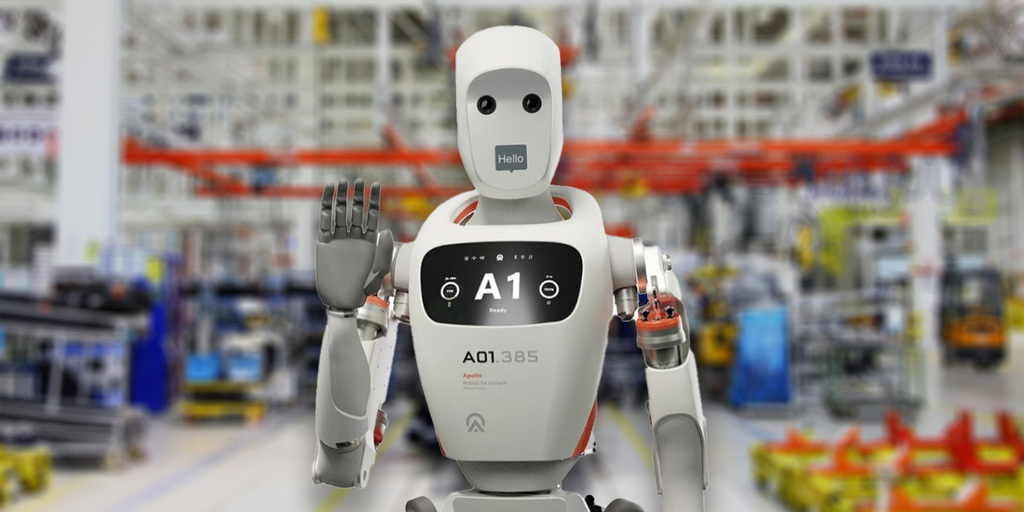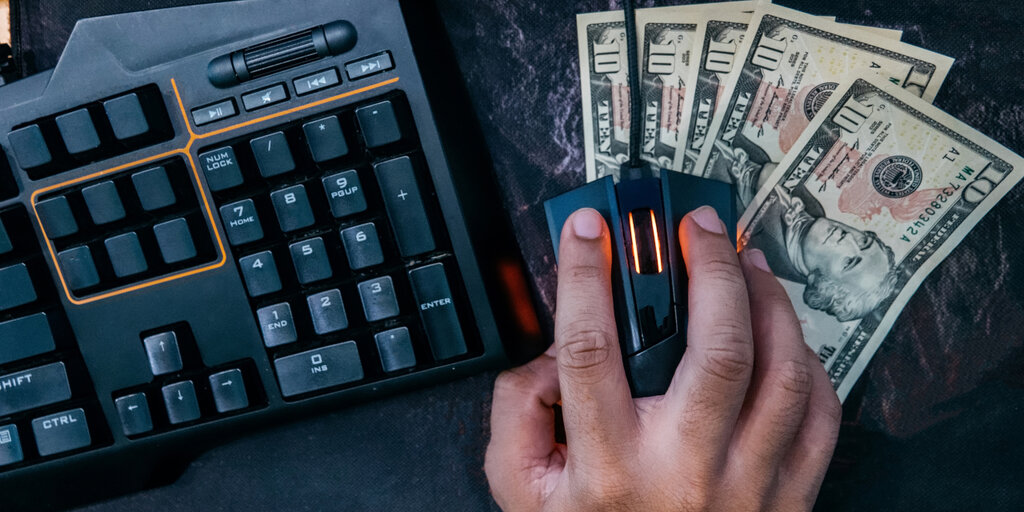

German automaker Mercedes-Benz said Friday it has partnered with Austin-based AI developer Apptronik to bring artificial intelligence to its factory robots.
The agreement with Mercedes-Benz is Apptronik’s first commercial agreement for the use of Apollo robots in the real world and in the automotive industry. The company spun out of the Human-Centered Robotics Lab at the University of Texas at Austin in 2016.
“When we started building Apollo, an agreement like the one we announced today with Mercedes-Benz was a dream scenario,” Jeff Cardenas, Apollo co-founder and CEO, said in a statement.
Apollo’s specifications place it in the humanoid category, standing nearly 6 feet tall, weighing 160 pounds, and capable of lifting up to 55 pounds. The robot has a battery life of four hours and can be mounted in a fixed position or provided with legs for walking. LED lights on Apollo’s head and chest allow the robot to signal its status, including charging and data processing.
Mercedes-Benz will use Apollo robots to automate “low-skill, physically demanding, repetitive manual labor,” Cardenas explained. He said this is a model use case that other organizations will replicate in the coming months and years.
Introducing humanoid robots into factories allows companies like Mercedes-Benz to have robots work in environments built for humans, eliminating the need to redesign spaces.
As AI begins to penetrate and disrupt a wide range of fields, policymakers and ethicists alike are concerned about new technologies displacing workers, whether in knowledge-based fields or industries. Even if jobs are maintained, AI could give employers an excuse to invest less in human capital.
Mercedez-Benz says the Apptronik partnership is a pilot to assess possible impact.
“We are exploring new possibilities using robotics to support our skilled manufacturing workforce,” Mercedes-Benz board member Jörg Burzer said in a statement. “This is a new frontier and we want to understand the potential of both robotics and automotive manufacturing.”
Apptroniks did not immediately respond. detoxification Request for comment.
The replacement of humans by machines in the workplace is an ongoing concern, and advances in artificial intelligence are quickly bringing the technology into the mainstream.
“A lot of the work that’s going on now—the reason people invest in companies like Figure—is hoping that these products will work and be compatible,” said Ken Goldberg, a professor of industrial engineering at UC Berkeley. Decrypt.
While most of the focus has been on generative AI models like OpenAI’s ChatGPT and Anthropic’s Claude AI, humanoid robots powered by artificial intelligence are quickly moving to center stage. While some may question the wisdom of building humanoid robots, Goldberg said there are many factors that determine whether it makes sense. One example? Wheels vs. legs.
“Wheels can be a problem at home. Most homes have carpet and stairs, so that’s where wheels fall short,” Goldberg said. “And this bridge could be useful in that kind of environment, and I think we’ll actually see something happen in the next 10 years.”
Many companies, including Hanson Robotics, Tesla, OpenAI-enabled 1X, and Honda, continue to develop mass-produced robots to operate in hazardous environments such as space and other parts of the world.
On Wednesday, Silicon Valley-based Figure AI unveiled its Figure 01 robot, which uses technology from OpenAI to independently talk, identify food, and clean all at the same time.
Edited by Ryan Ozawa.



